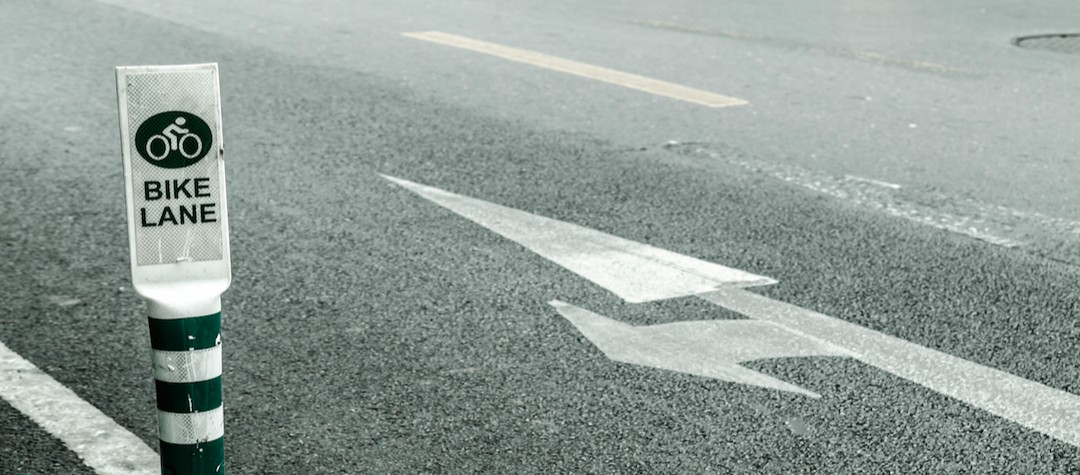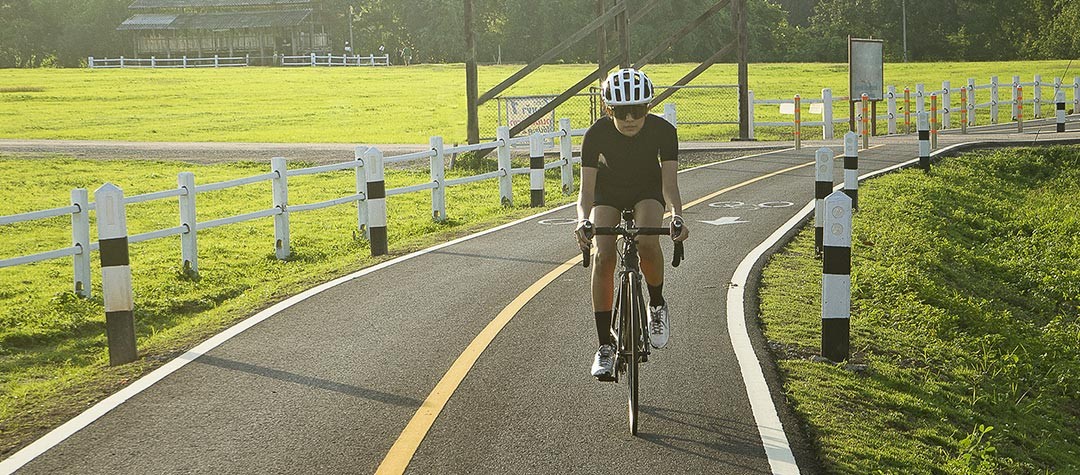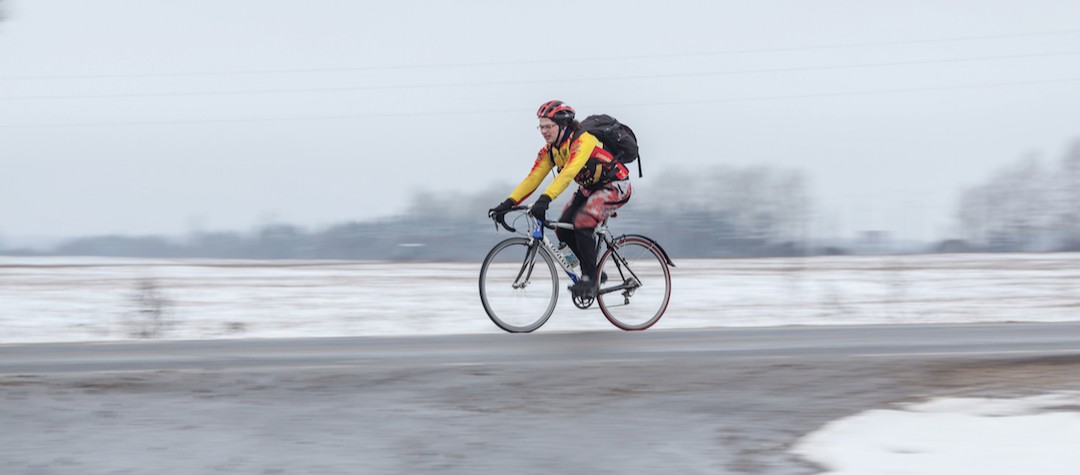Cycling on roads can be a daunting and at times a dangerous experience, but you can lessen the risks by riding defensively.
Defensive cycling involves always being aware of what is going on around you and putting yourself in the best possible position for your safety, as well as always expecting the unexpected!
Unfortunately, we don’t all live in cycle-friendly countries where the cyclist is considered as a priority over other road users, but by applying some of these ideas and a lot of common sense you can maximise your safety and reach your destination in one piece.
Wear a cycle helmet
Very much an obvious one, but some people will still try to convince you that you don’t need a helmet. For sure, a helmet is no substitute for safe cycling but they can protect you against some head injuries.
Obey traffic signs and signals
As a cyclist you are a road user and still subject to the same traffic laws as a motorist. Jumping through red lights just because you don’t want to clip-out of your pedals is no defence.
Stay clear of the kerbside
Ride roughly one metre away from the kerb. This will ensure you are more visible to other road users, and also reduce the risk of clipping your pedals on the kerb. Areas near to the kerb may contain broken glass, drain covers or potholes, which should be avoided wherever possible.
Use hand signals when cycling
A significant way to increase your safety on the road is by communicating your intentions with other road users. Learn the basic hand signals and use them accordingly. Remember to signal when it is safe to do so, especially when aiming to move into an outside lane in order to turn at a junction.
Make eye contact with motorists
When signalling your intentions, if possible make eye contact with the motorist so they are clear of your intent to make a manoeuvre. You’ll usually be able see recognition from the motorist and be able to make your move safe in the knowledge that they know you are about to make a move.
Overtake other cyclists with caution
If you are overtaking other cyclists then let them know by shouting ‘on your right’ so they are expecting you to pass. Bikes generally make little noise and it can be a shock to someone if you pass them unexpectedly causing them to momentarily lose control of their own bike.
Stay clear of the kerbside
Ride roughly one metre away from the kerb. This will ensure you are more visible to other road users, and also reduce the risk of clipping your pedals on the kerb. Areas near to the kerb may contain broken glass, drain covers or potholes, which should be avoided wherever possible.
Do not be intimidated by other road users
Whilst you should always be wary of other road users, there is no need to feel intimidated by them. Cyclists have as much right to use the roads as other vehicles, so there is no need to feel like you should pull over to let traffic pass you. This leads on to the next point...
To ride abreast or not?
This is a topic that could be an article in its own right. Some people will argue that you should always ride in single file to allow other traffic to pass you easily and smoothly. Others will maintain that riding abreast is a necessary safety measure to ensure that vehicles don’t try to squeeze past at the same time a vehicle is coming in the opposite direction, thus forcing you into the kerbside. Commonsense is the key here - don’t unnecessarily hold up traffic.
Never ‘undertake’ slow moving vehicles
If traffic is moving slowly always pass other road users on the outside, not the inside - do not undertake. Many car drivers will suddenly turn left or change lanes without indicating or checking their mirrors and this could lead to an accident. Larger vehicle also have a bigger blind spot so will often not be able to see a cyclist who is on their inside.
Be seen
Even in daylight, but especially at night, wear bright clothing to make you highly visible to other road users. Use your lights when cycling at night (and sometimes in the daytime if conditions dictate) to ensure you and your bike are highly visible to other road users.
Watch out for parked cars
When passing parked cars try to ride a car-door width away from them. Motorists and their passengers will often open doors without looking, leaving many a cyclist flat out after being ‘doored’.
Plan your route.
Some routes are generally safer than other. Taking the long route that avoids the main roads and dangerous junctions, but takes in a number of cycle paths, is often a better and much more enjoyable option.
Watch out for pedestrians
Pedestrians will often step out in front of you because they haven’t heard you coming - they often don’t even bother looking before crossing! Always anticipate this and ring your bell if necessary just to warn a pedestrian that you are there.
Always expect the unexpected
Despite signalling your intentions and reading the intentions of other road users, don’t assume that everything will be as it seems. A car may be signalling to turn, but it doesn’t necessarily mean the car will actually turn; they might have just left the indicator on. Some motorists may not indicate at all. Some people may just step out in front of you. That’s why you always have to anticipate the unexpected at all times.













